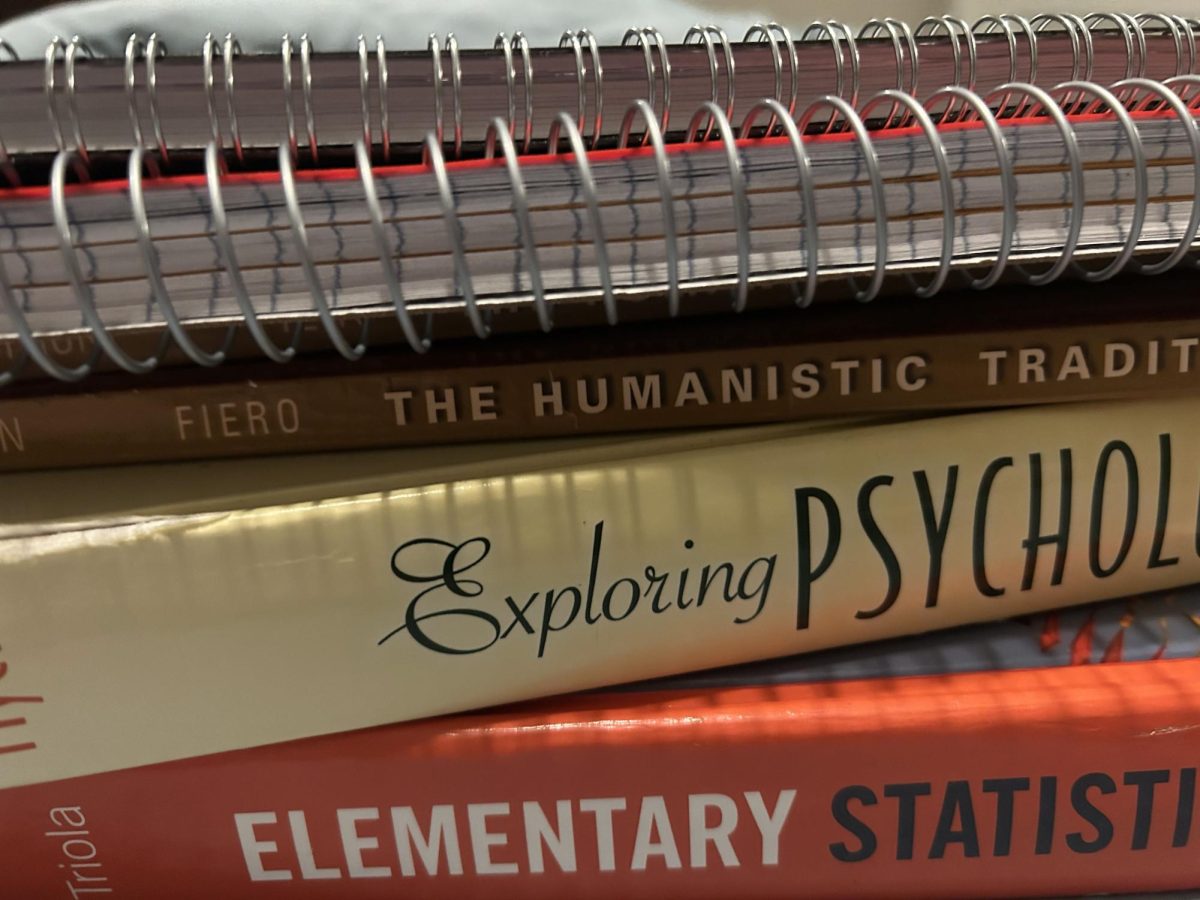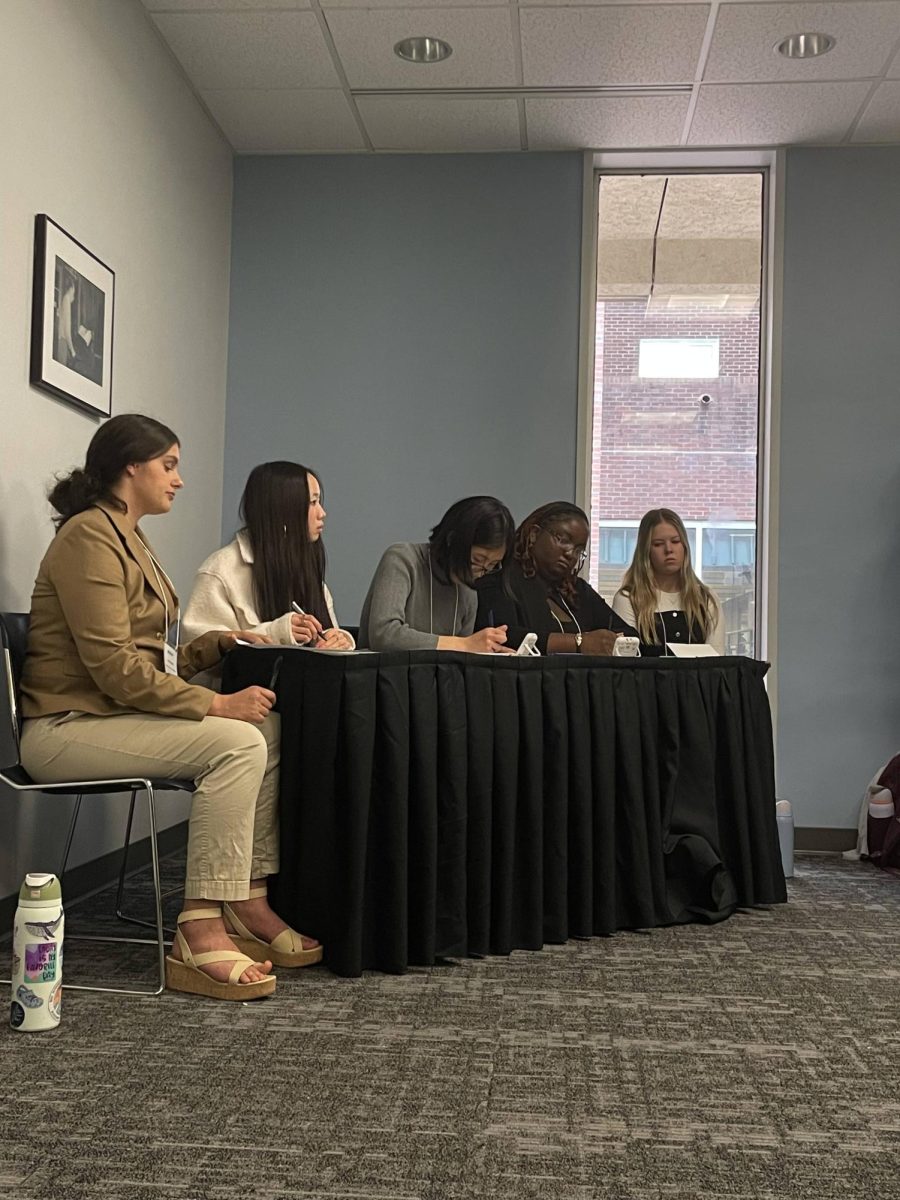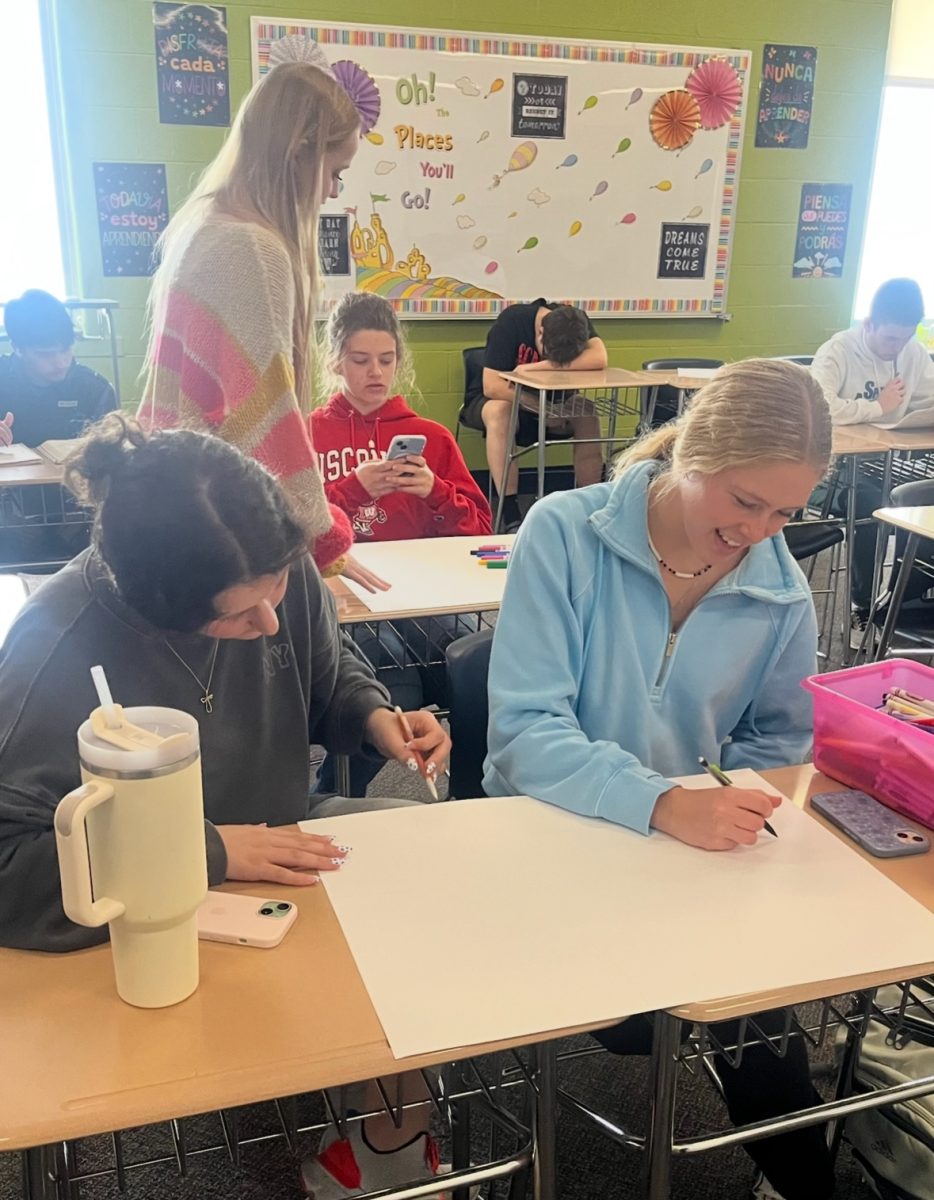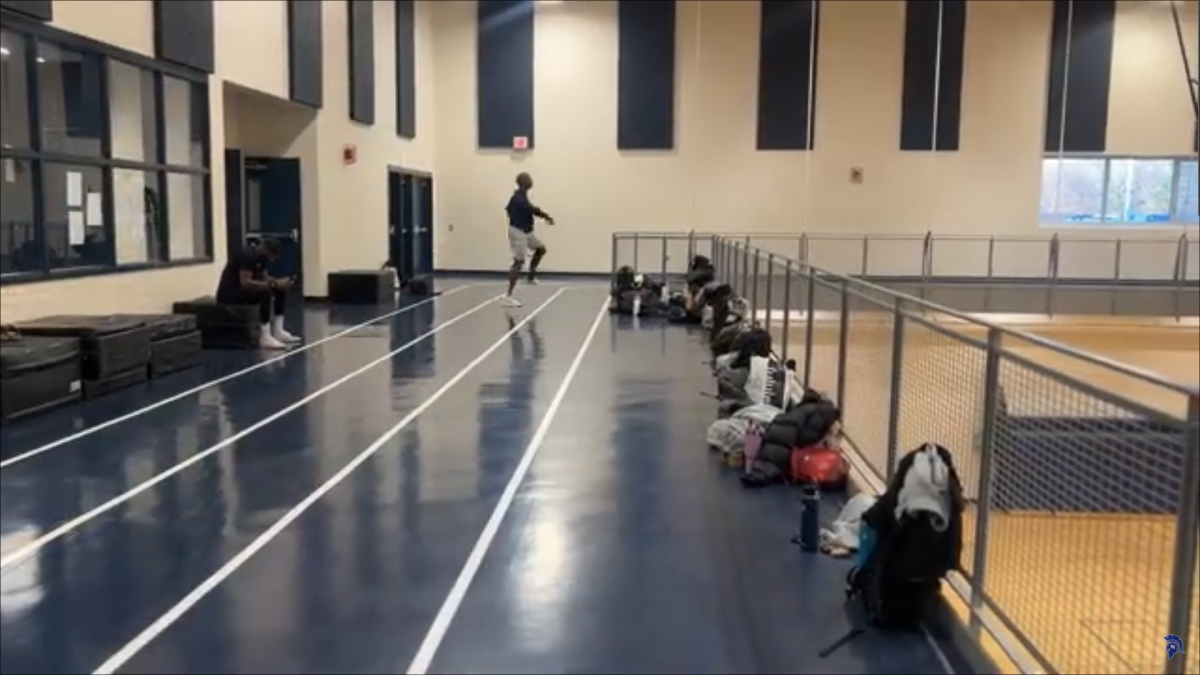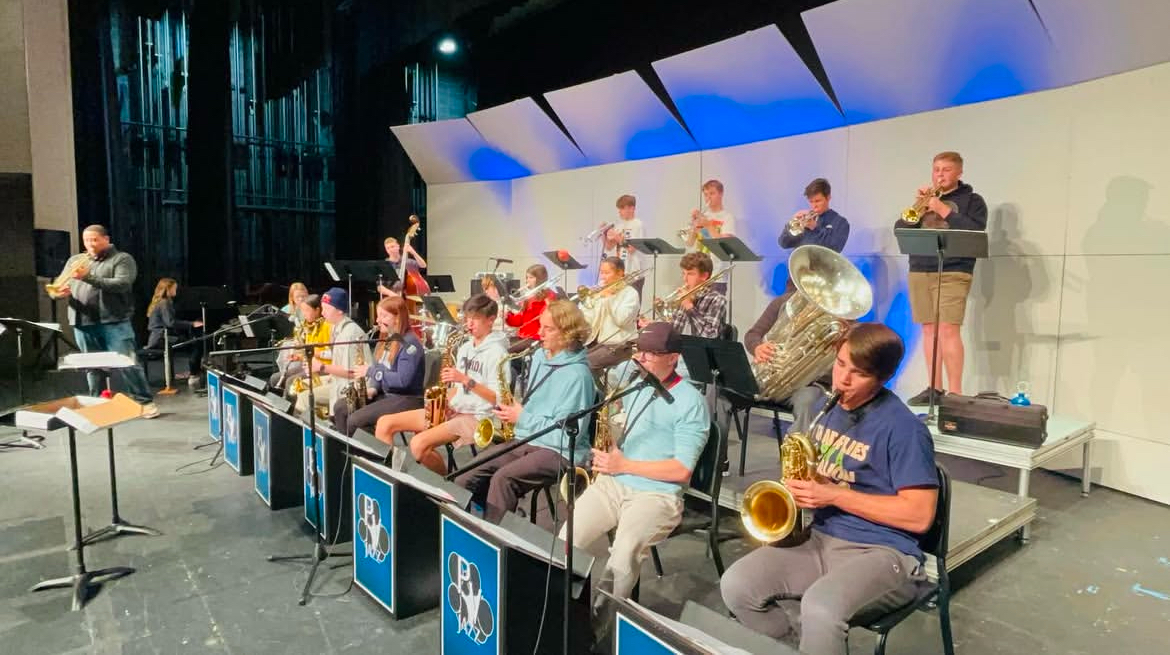The best way to teach children has been debated for decades, with some teachers preferring to teach straight from the book or verbally. However, the way that the knowledge is introduced affects which portion of memory it is collected into.
Different parts of the brain manage certain traits of learning and memory. The brain only holds onto a piece of information for around 30 seconds at a time. In order to collect the information into permanent memory, some tips and tricks might be useful to collect information permanently.
Information is first taken in by a part of the brain called the amygdala. This portion also controls emotions which is why being under a small amount of stress could cause better memory. Psychologists and neurologists who study the brain say when an event can be linked to a strong emotional event, the memories are easier to store and remember for later.
After the amygdala processes this information, it’s sent to the hippocampus where it is turned into a memory and stored either in permanent or temporary memory. Even though it isn’t up to the person what is stored and what is forgotten, there’s certain ways to strengthen the memory and choose where it ends up.
Teachers might have students sing a song to remember vocab words or create an acronym with a funny story for the planets. Science says these are two ways that memories can be processed into permanent memory. Singing songs, creating a story from information, elaborating on it, hand-written notes and many more are some small ways to invoke memory.
Much like learning a sport, the brain becomes stronger and is more likely to remember things when they are processed frequently. This is one of the reasons it might be requested flashcards be made or taking notes on a video.
In order to better understand teachers’ efforts in helping students retain new information, a few teachers reached out about their school days.
English and Humanities teacher Lynne Lundberg shared her learning strategies. “I would learn about something and explain it back to others,” in order to remember things. This would be an example of one of the ways to include reputation into memory processing. The regulation in the information forces it to become embedded into the permanent memory and is more likely to be remembered.
Another example of repetition is Elizabeth Moritz ‘way of memorizing things. She announced, “When I was back in school, I would take handwritten notes and would rewrite them.”
This process is working two different types of the brain at once making it more efficient. Handwritten notes work with the movement parts of the memory center and the constant rehearsal makes it more memorable.
Although teachers might not teach alike, the information can still be learned and remembered through personal studies. Not everyone thinks the same or learns the same way, meaning self-discovery and learning what works best is an important part of learning.


